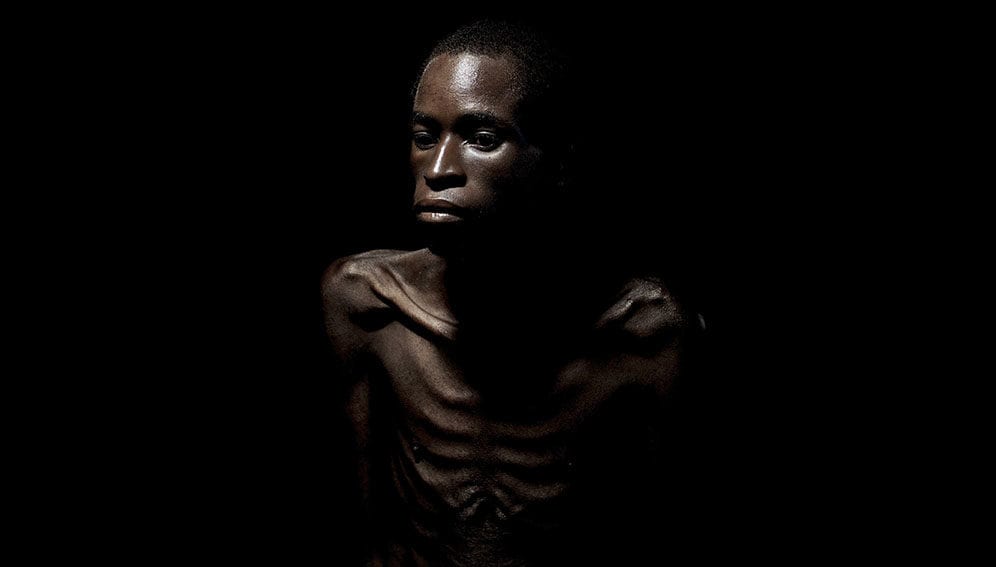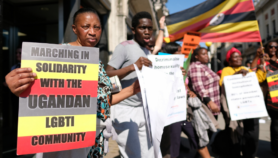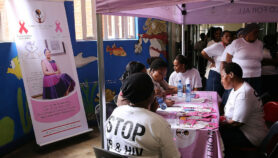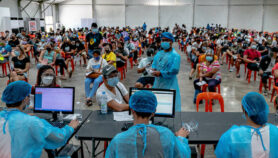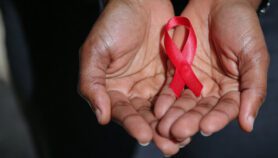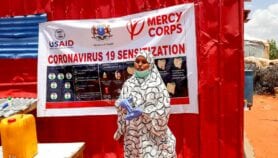By: Barbara Axt
Send to a friend
The details you provide on this page will not be used to send unsolicited email, and will not be sold to a 3rd party. See privacy policy.
A comprehensive worldwide strategy to accelerate the process of creating a vaccine against HIV was launched in Spain this month.
The Global HIV Vaccine Enterprise Strategic Plan will run from 2018 to 2023, and aims to speed up vaccine rollout by making it easier to do R&D and complete the legal requirements of marketisation. The strategy was presented on 21 October at a conference in Madrid, Spain.
Although the global number of new HIV infections is decreasing, the virus is on the rise among specific key populations, such as young women, sex workers and people who inject drugs, said Linda-Gail Bekker, a former president of the International AIDS Society (IAS).
“Once we have a vaccine, we can’t waste time. We have to deal with regulatory bodies, governments and health systems. Much of that work can be done up front.”
Linda-Gail Bekker
“We have not yet managed to eradicate an infectious disease in the world without vaccines,” she told SciDev.Net. “[The strategy] will help us deal more effectively with the groups that are most affected by the virus and yet don't easily find our services.”
The strategy focuses on three areas of action: increasing funding for R&D, improving knowledge sharing among researchers and clearing regulatory pathways to ensure that a potential vaccine reaches the people who need it as fast as possible. Proponents of the strategy said it was urgent, because two ongoing clinical trials for a potential HIV vaccine are looking promising.
“Once we have a vaccine, we can’t waste time,” said Bekker. “We have to deal with regulatory bodies, governments and health systems. Much of that work can be done up front.”
The Global HIV Vaccine Enterprise, a US-based body which oversees the strategy, has received funding from the US National Institutes of Health and the Bill and Melinda Gates Foundation. The body is already meeting with local governments in sub-Saharan Africa, where the clinical trials are taking place, to discuss vaccine access, manufacture, field studies and the legal requirements for selling and marketing the vaccine.
Johan Vekemans, a medical officer at the World Health Organization’s Initiative for Vaccine Research, says that global treatments like a potential HIV vaccine have extremely complicated administration regiments, involving national and international medical agencies, health systems and donors. “We are entering a new era of complexity,” he said.
His comments were echoed by Peter Godfrey-Faussett, a senior science adviser at UNAIDS, who said a lot of preparation remained to be done if a potential HIV vaccine is to be brought swiftly to those affected, especially poor people and those in countries with less developed health systems.
“HIV is a changing epidemic with multiple outbreaks in different places,” he said. “Therefore, there are questions about who will benefit form the vaccine, who has to receive it, what countries can afford it or will receive external funding.”
The strategy could also be useful to manage the application of other HIV treatments, its proponents say, such as pre-exposure prophylaxis (PrEP), a system under which populations are given drugs that lower the risk of infection. A study presented during a conference on 29 October in Glasgow, United Kingdom, showed that PrEP was safe to use.But Anton Pozniak, the IAS president, pointed out that only 300,000 people worldwide take PrEP while, in 2017, there had been 1.8 million new HIV infections.


